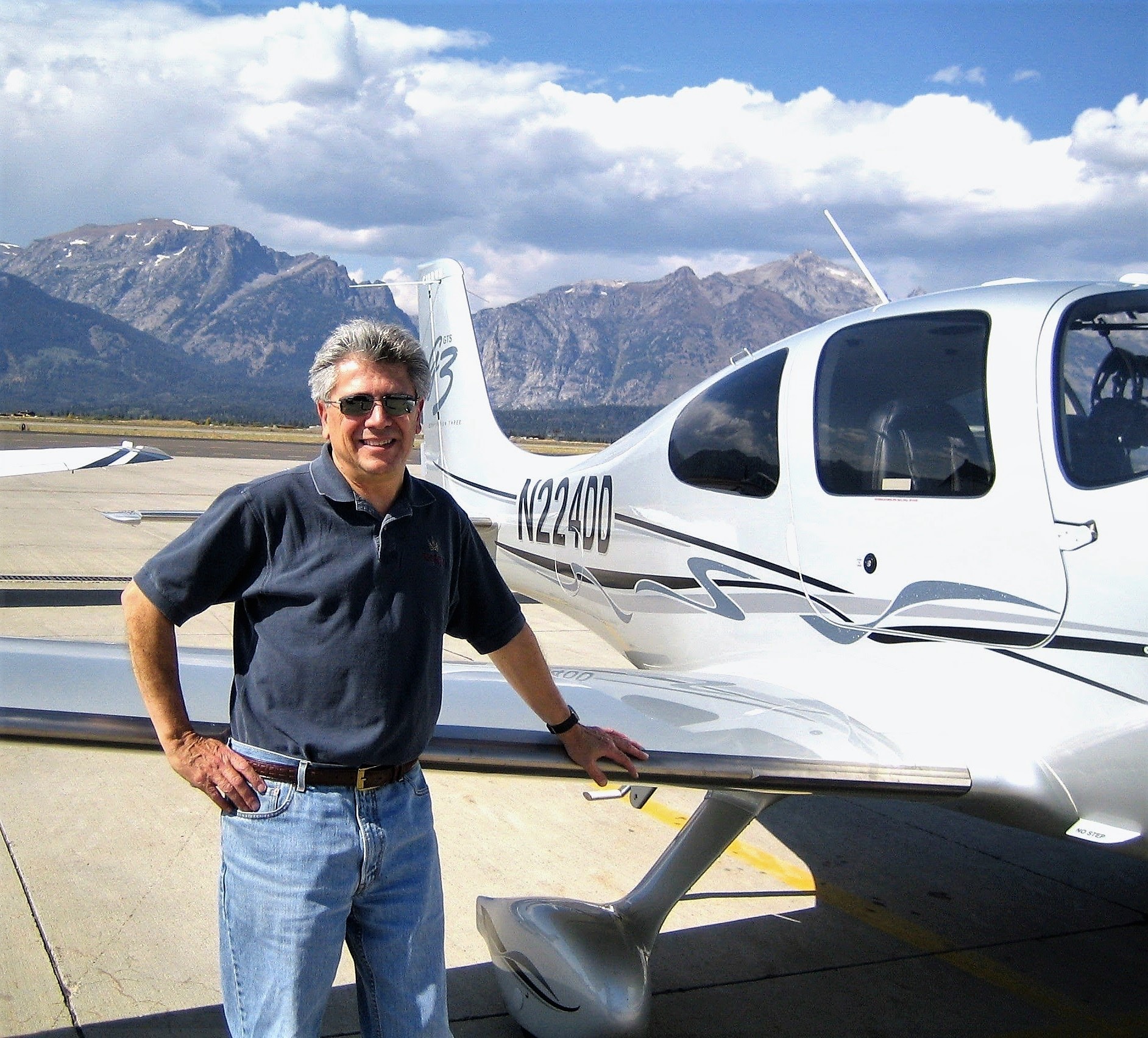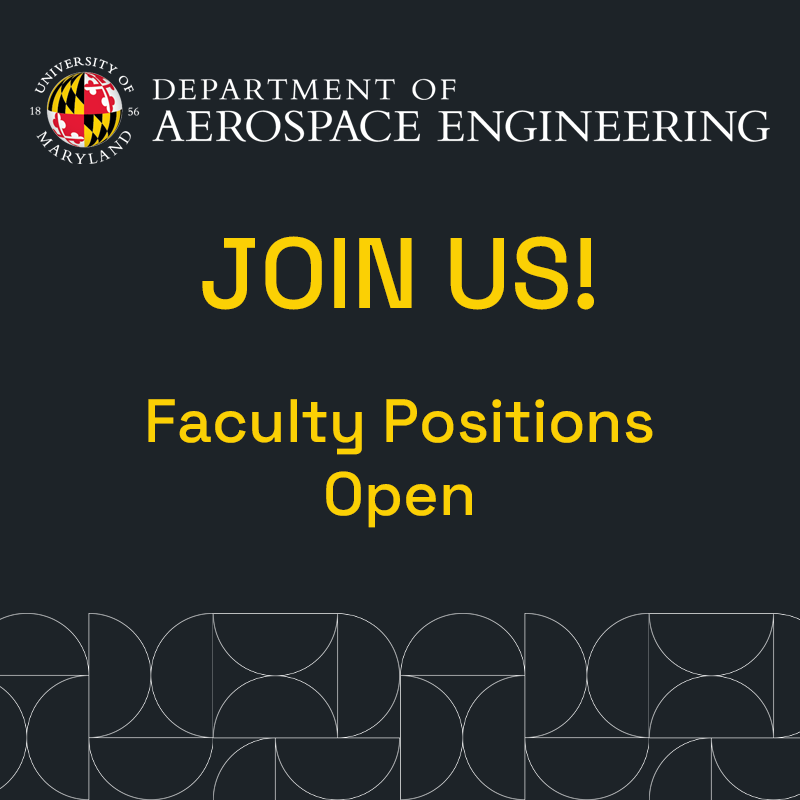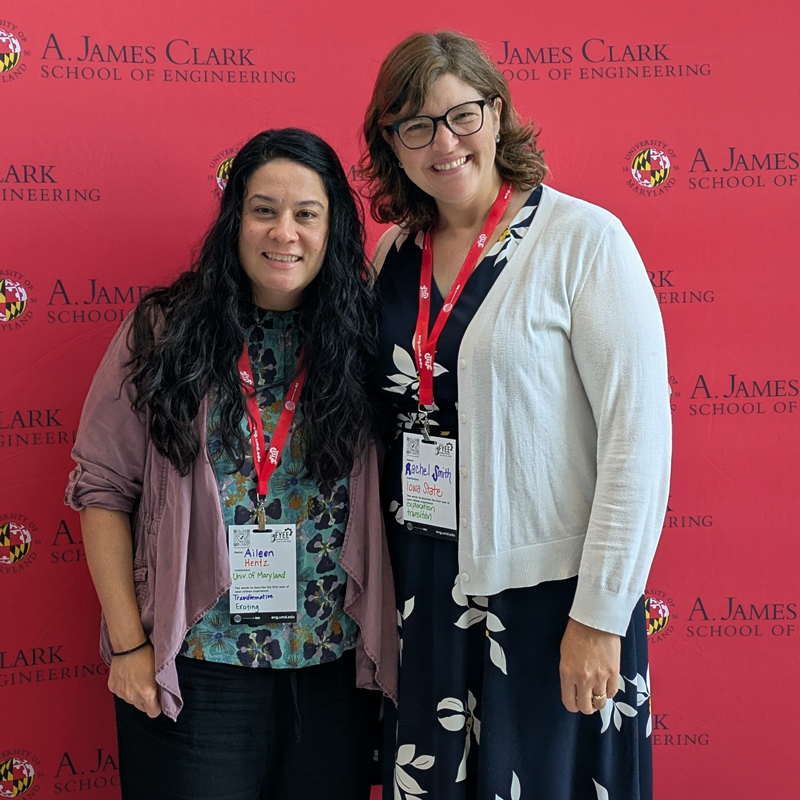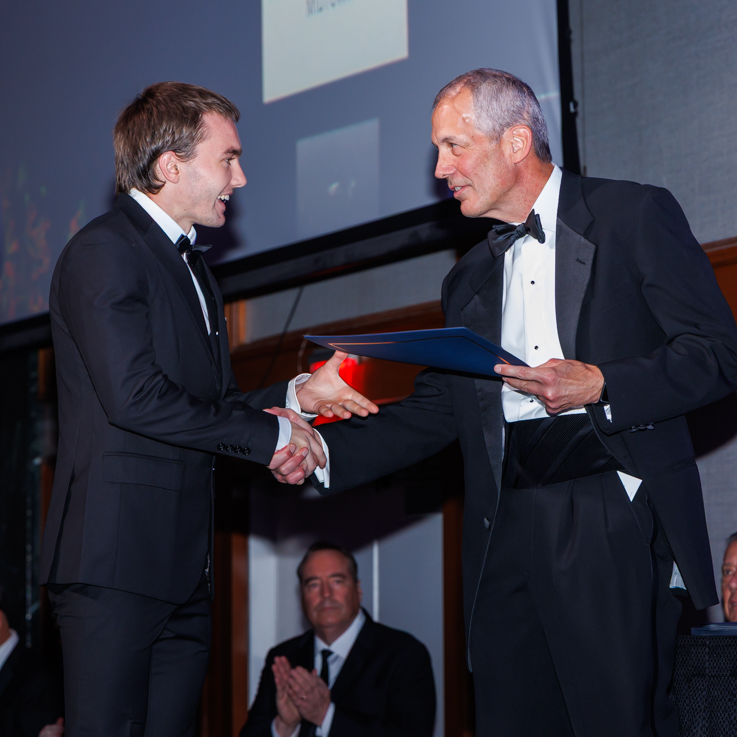News Story
A Lifetime of Aerospace Engineering and Exploration

Coming of age during NASA’s space race to the moon, New Jersey native and aerospace engineering alumnus Dorian DeMaio (’68) grew up fascinated by anything that flew.
After his father’s career moved their family to the Wheaton/Rockville, Md. area, and DeMaio learned about the aerospace programs at Maryland, “there was absolutely no question about what I was going to pursue,” and added that, “it was amazing the pace of aerospace engineering at the time.”
His education at Maryland would be heavily informed by the design courses taught by author and professor, Dr. Gerald Corning. “His design classes were very interactive and iterative, and the course work I found most useful, because it involved looking at systems of systems, complex interfaces and at the architecture of a problem, from both top down and bottom up.”
DeMaio would go on to apply that knowledge in later careers in both space surveillance programs and a then new technology now known commonly as GPS (Global Positioning System).
Before that later work, DeMaio would complete two master’s degrees in aeronautics and astronautics at MIT (’71), and serve four years in the U.S. Air Force at the Air Force Space Division in Los Angeles, Calif. His work on the evaluation of technologies for advanced space and strategic programs would earn him a U.S. Patent and the Air Force Commendation Medal.
That work would pay forward into his career at the Science Applications International Corporation (SAIC), where he would work 28 years in numerous technical, project management, and operations positions in support of space and defense programs.
As one of the engineers at the forefront of the creation of the GPS infrastructure we now have today, DeMaio played key roles in supporting the U.S. Air Force. An early study of his pointed to shortcomings in the initial satellite orbits and led to a radically different GPS constellation now employed today. Later the Air Force turned to him for an independent and comprehensive evaluation of GPS, resulting in the Air Force’s commitment to fully develop and deploy GPS.
“I’ve always tried to look at problems in a different way, from a different perspective leading to improved designs,” said DeMaio. Out of that mindset, another success in DeMaio’s career was designing new, cost-effective upgrades to space-based missile warning systems, pioneering the widespread use of low-costs sensors deployed on numerous space platforms.
“Maintaining our leadership in aerospace and space technology is important to me and I hope there are many future ambitious engineering projects to inspire later generations. I also wanted to find a way to honor all of the professors who were very impactful on me while I was at school.”
SAIC afforded him an opportunity to found a new research and engineering organization which grew ten-fold at four nationwide offices. “Sustaining our growth and meeting numerous and diverse customers needs while maintaining profitability was most challenging and rewarding,” he added.
After retiring as Group President from SAIC, DeMaio continued to pursue his aerospace engineering enthusiasm from a different angle—the cockpit of his Cirrus SR-22.
Since earning his civilian pilot’s license, DeMaio used flying as a hobby to decompress and explore. In retirement, he’s taken to the sky to explore the western United States, tracing paths of historical significance like the Oregon Trail, the Lewis and Clark Expedition, and other events that pique his interest.
“It’s a thrill to experience the country this way,” said DeMaio. “And there’s another dimension. While all my career I worked on the R&D side of things, I’m now a user/operator, using some systems I helped develop—its left me with a better appreciation of the challenges of putting R&D into operational practice.”
DeMaio uses his explorations to give talks and share his adventures at various venues and museums. Looking ahead, DeMaio has no plans on slowing down as he maps out his next air adventure, adding “I am always seeking out new places to visit.”
Support for Scholarships in Aerospace Engineering
To recognize the many benefits DeMaio received from his Maryland education and the inspiring instructors whose focus on academic studies, experiment, and design projects provided an excellent foundation for his future work, he established the DeMaio Scholarship in Aerospace Engineering in 2021.
“Maintaining our leadership in aerospace and space technology is important to me and I hope there are many future ambitious engineering projects to inspire later generations.” said DeMaio, who wants to motivate UMD students to become global leaders in the field. “I also wanted to find a way to honor all of the professors who were very impactful on me while I was at school.”
In 2022, DeMaio renewed his commitment to the fund which will support six additional student scholarships this fall.
Published June 30, 2022










